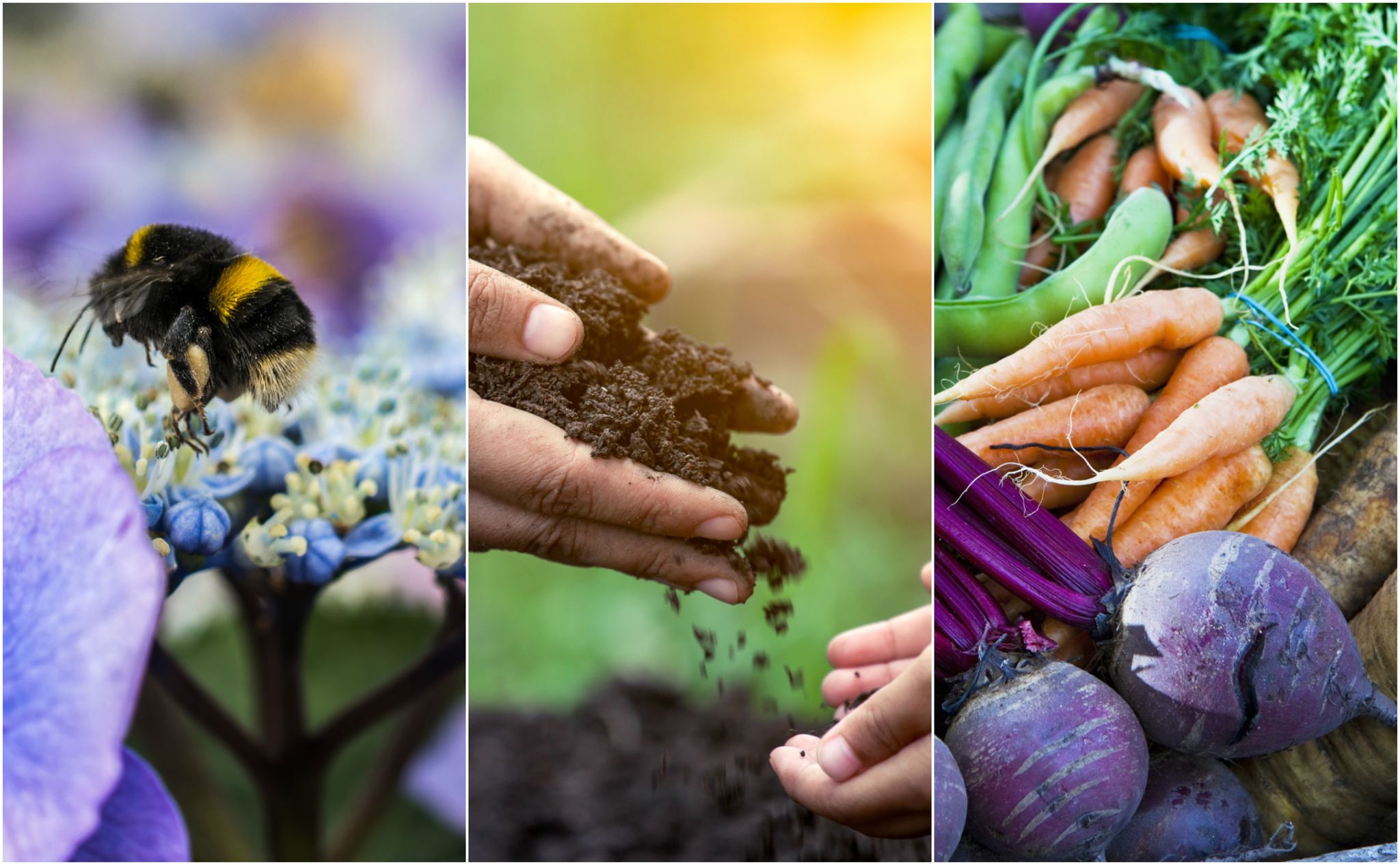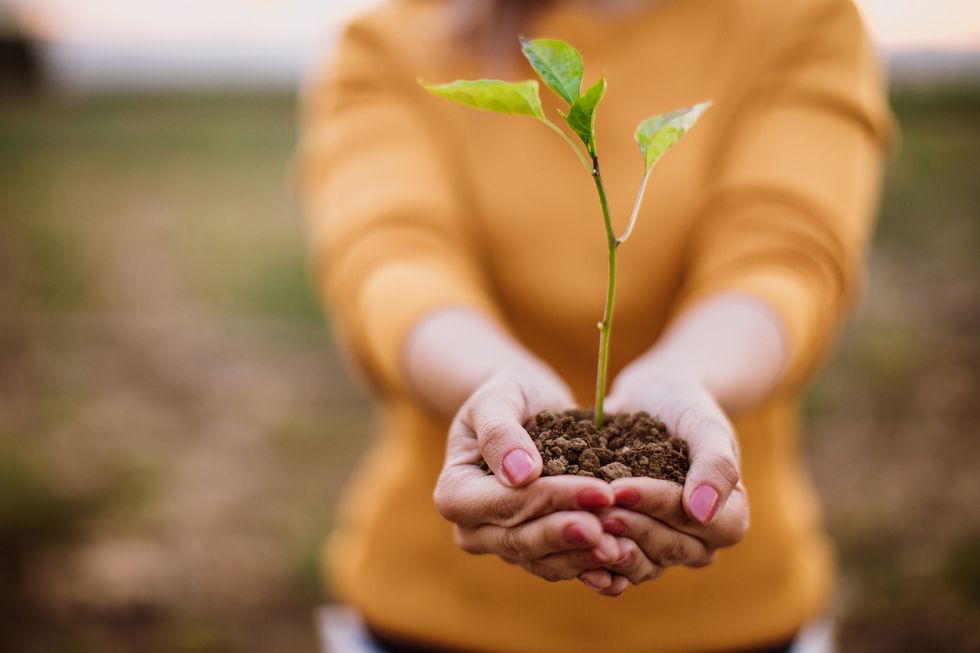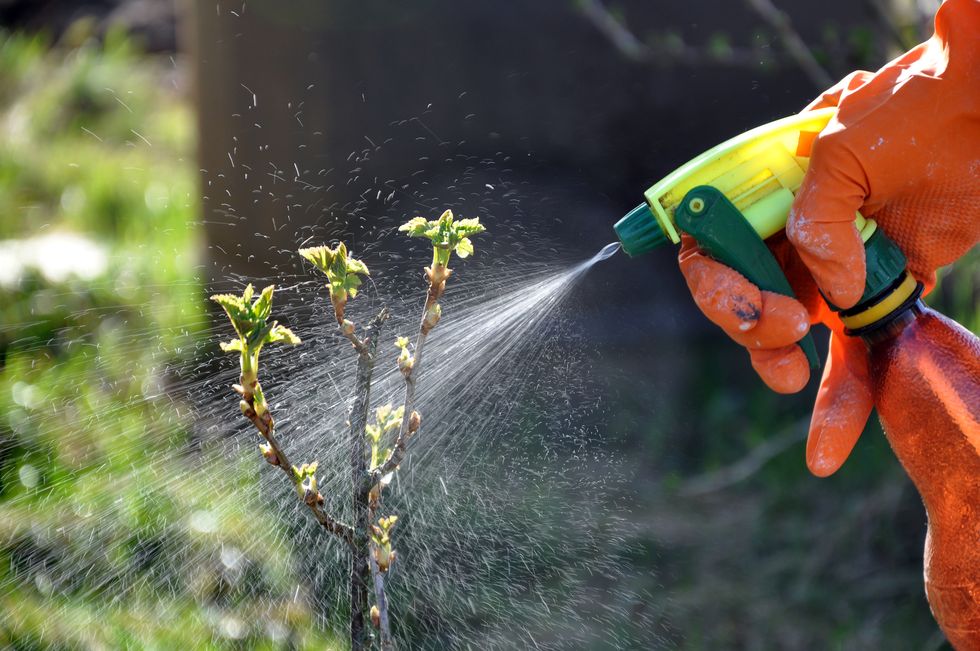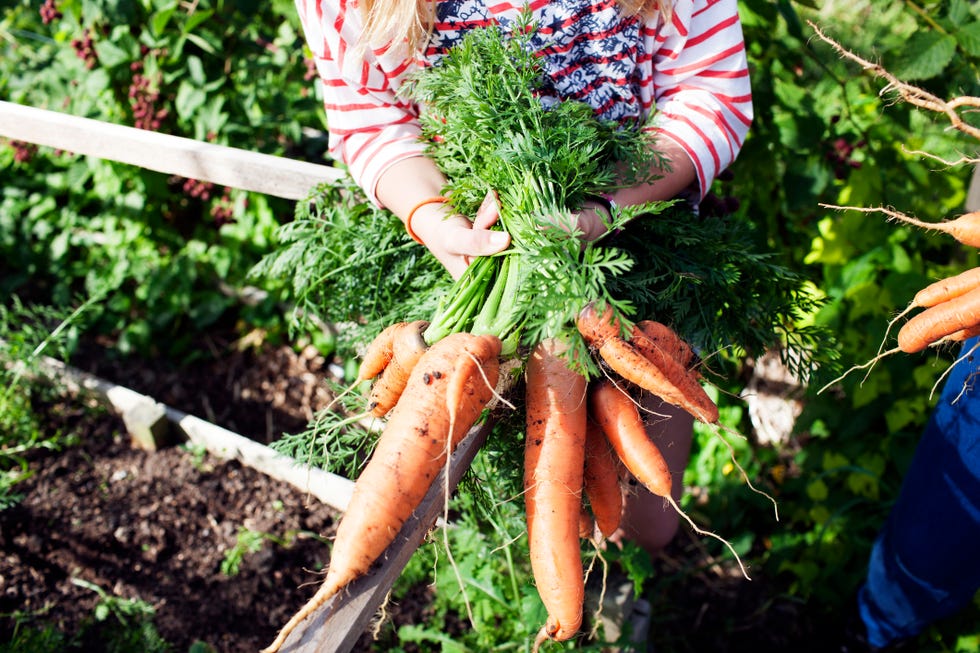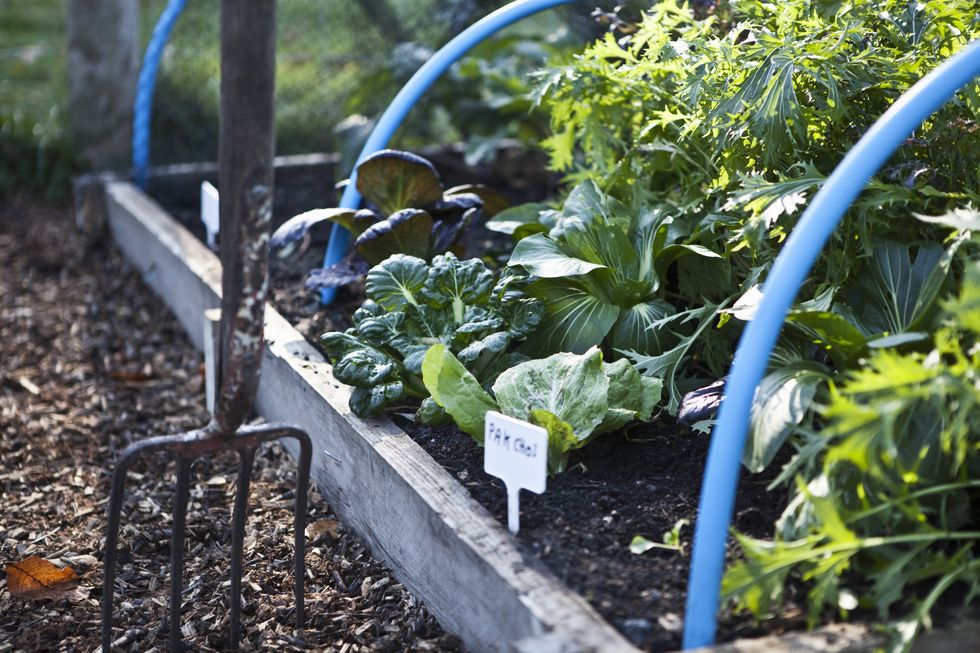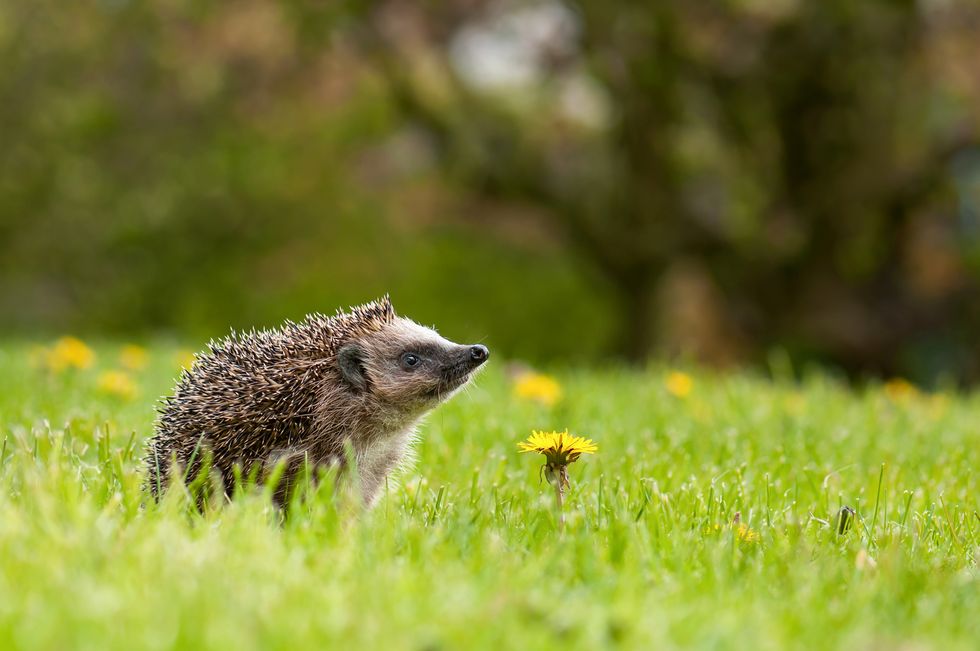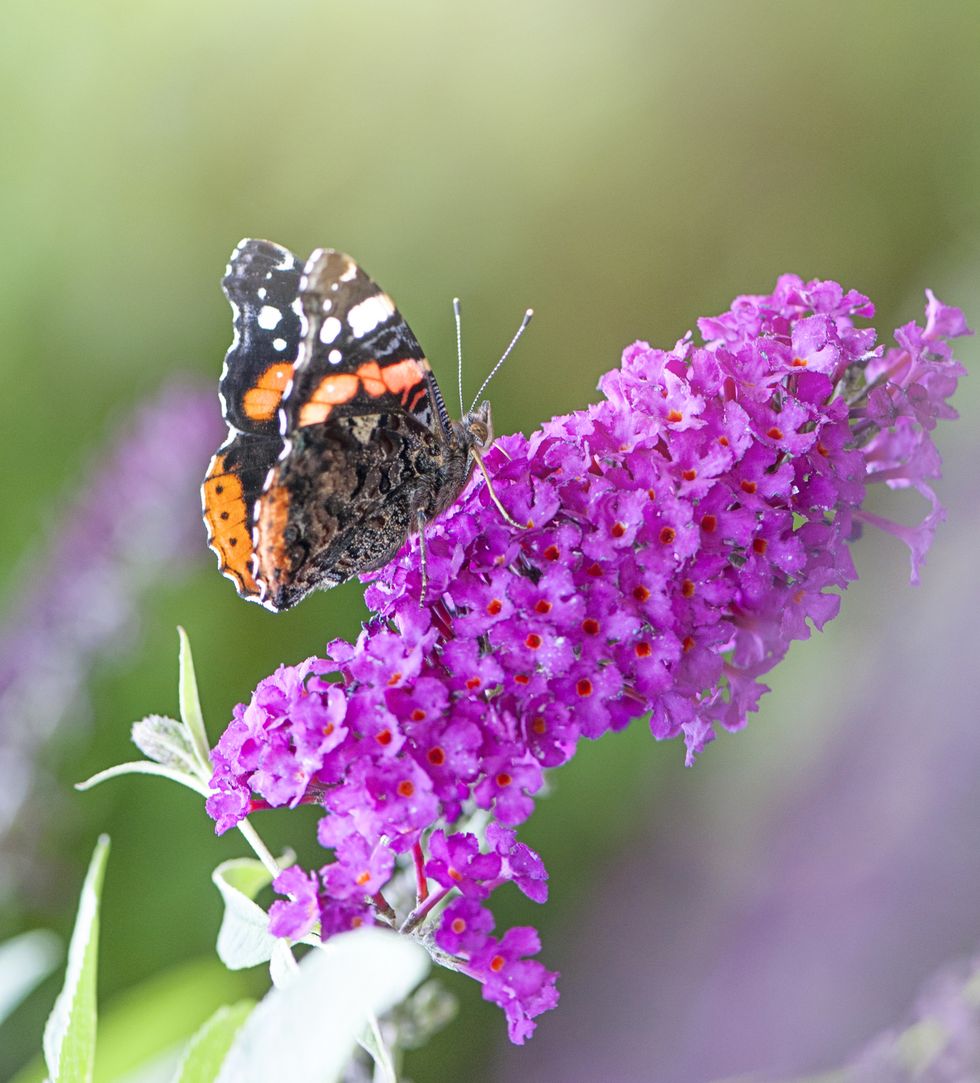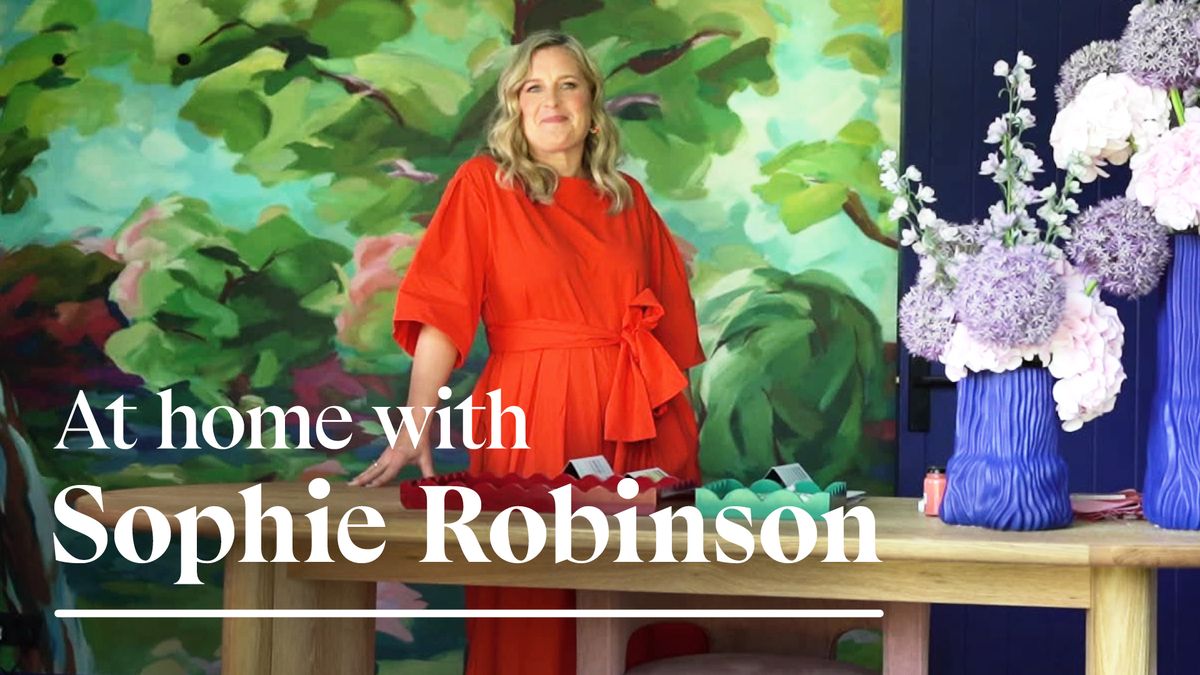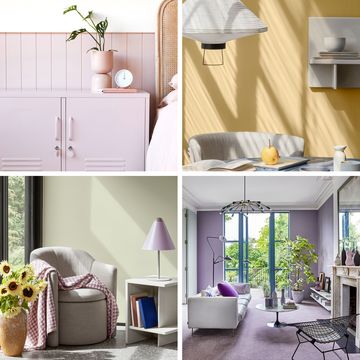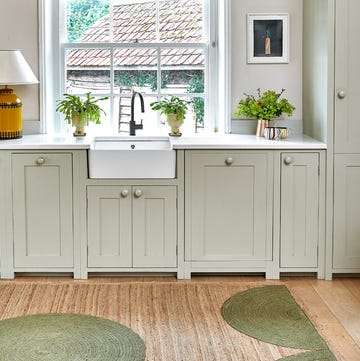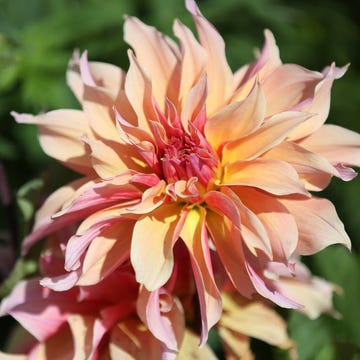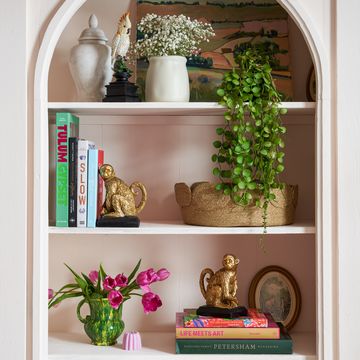As a nation we're becoming more environmentally aware, so much so that 67 per cent of people consider themselves to be eco-conscious when it comes to gardening.
In fact, the experts at Wyevale Garden Centres perfectly sum up in their latest Garden Trends Report why eco-gardening has become so very important, and it filters through to so much more than just greening up outdoor spaces, but the impact it has on the environment and our lifestyle, too.
'The move away from chemical use and towards a gentler, more holistic approach to problems in the garden is one of the strongest trends in gardening,' says Wyevale. 'It goes hand in hand with a greater awareness and consideration of garden wildlife, as well as a growing political understanding of the way Grow Your Own can decrease our food’s carbon footprint and air miles.'
Here we take a look at the main strands of eco-gardening and how this reflects and impacts today's eco-conscious gardener.
1. Going organic
The organic movement is gaining ground in the garden, and by that we mean consumers are rejecting the chemical compounds that have been staples of gardening for decades. Wyevale reveals more than three quarters of gardeners try to avoid using chemicals in their gardens, with 46 per cent using organic fertilisers instead.
A key example here is the use of traditional metaldehyde-based slug pellets. The rise of eco-conscious gardeners has seen pellets based on ferrous sulphate – a naturally occurring ingredient acceptable to organic growers – now take place as the top seller.
Furthermore, organic feed ranges have increased by 50 per cent at Wyevale this year due to an increase in demand from customers.
'Gardeners want a bumper crop for their efforts but they don’t want to do damage to achieve it,' says Duncan Mclean, fertilisers and chemicals and growing media buyer at Wyevale Garden Centres. 'They are increasingly leaning towards organic choices and recognising that it’s not always about dumping lots of chemicals on, but instead feeding organically at the right times in the year.'
The Soil Association’s 2018 Organic Market Report reveals the UK organic market is now worth £2.2 billion, growing six per cent in 2017 – there is a link here between wanting our gardens to be as chemical-free as the food we buy. It's also becoming easier from point of sale, as breeders and nurseries are producing plants that are less susceptibleto disease, whilst new ranges of grafted vegetables, suchas tomatoes, aubergines, melons, peppers and cucumbers, grow stronger and more vigorously than seedlings.
2. Grow Your Own
The 'plot to plate' lifestyle has been gaining traction with the UK’s vegetarians and vegans.
In fact, the Hitwise Green Living Report 2018 reveals online searches for veganism has grown a massive 50 per cent in the past year alone. What's more, the number of people visiting The Vegan Society website had risen by 30 per cent in the first two weeks of Jan 2018 compared to 2017. Dominika Piasecka, spokeswoman for The Vegan Society, tells us these figures demonstrate that 'the image of veganism is undergoing the most radical change in its history; whether people choose this lifestyle for ethical, environmental or health reasons, veganism is a great choice for all of us who care about these issues'.
But how exactly does this contribute to eco-gardening?
'Veganism is one of the fastest growing lifestyle movements with the number of Brits choosing a plant-based diet rising by more than 360 per cent over the past decade,' explain The Greenhouse People. This in turn has spurred an increased demand for really fresh, beautifully grown fruits and vegetables, which is also trickling through to households and sustaining the Grow Your Own trend.
Today’s gardeners are seeing the damage our current food system does to the environment and they want to shrink their food miles and reduce their carbon footprint by adopting an organic approach to their growing. Vegetable plant sales have soared – 43 per cent of gardeners under 40 grow their own vegetables compared to 32 per cent of over 60s, reveals Wyevale.
Today, the Grow Your Own movement has most definitely become a key focus for the garden and the eco-conscious gardener.
'Grow Your Own has been on the garden agenda for a few years but typically the space where we cultivate our edible goodies is hidden from view, but not for much longer,' says B&Q's outdoor market manager, Christopher Ray. '2018 sees herbs, vegetables and other edible delights made front and centre with the introduction of modular, stackable growing systems that are as chic as they are practical.
'Mix and match small and raised beds to create a personalised growing area that suits your space. From patch to plate – growing your own has never been easier or more stylish.'
And Grow Your Own isn't just for those who have a garden – there's more than 90,000 Brits on allotment waiting lists. And those with an interest in the alternative economy are utilising community gardens and allotment space to grow, sell or trade their produce.
3. Wildlife
It's not all about making the garden look pretty because more gardeners are creating the perfect habitat for wildlife to thrive, and in doing so, are seeking a sustainable, environmentally friendly way to garden.
Today's eco-conscious gardener has a greater consideration for wildlife and the dangers it faces. In fact, some 82 per cent of the British public would like to attract more wildlife into their gardens and help birds, bees, butterflies and hedgehogs.
'There are lots of ways to introduce microhabitats into your garden, providing a diverse range of homes for insects, invertebrates and animals to shelter and feed as nature intended,' says garden room specialists Oeco Garden Rooms. 'Lawns, especially areas that are left to grow a little are perfect for insects and minibeasts, as well as an eating ground for the birds that feed on them.
'Plant borders and bushes populated with native flowers and shrubs provide a rich source of food for butterflies and bees, as well as seeds, berries and shelter for small mammals and birds. Trees and hedges also offer shelter and cover for mammals and nesting sites for birds to raise their young.
'Water features and ponds provide the perfect habitat for an array of wildlife from amphibians and minibeasts to bathing birds.'
Regardless of the size of your garden, wildlife is high on the gardening agenda and there are plenty of ways to turn your outdoor space into a nature hotspot, something which the eco-conscious gardener is keen to explore.
